Loss of balance is a common problem in older people, and it can cause falls and serious injuries. With aging, muscles, joints, vision, and coordination become affected, and it becomes more difficult to maintain balance in activities of daily living. So, can the elderly regain their balance? Yes, many individuals can attain better balance through exercise, therapy, and support. In this article, we are going to examine common causes of imbalance in older adults, as well as practical ways to bring back balance. Let's dive in.
What Causes Loss of Balance in the Elderly?
Many dependent systems in the elderly deteriorate with aging, such as sensory, muscular, neuronal, and cardiovascular. Knowing these causes can help you to stop instability before falls or accidents happen.
Vestibular (Inner Ear) Disorders
Conditions like benign paroxysmal positional vertigo, labyrinthitis, or Meniere's disease can interfere with the signals from the inner ear that help maintain balance. These malfunctions frequently produce dizziness, vertigo, and spatial disorientation in the elderly.
Muscle Weakness (Sarcopenia)
Age‑related muscle loss, especially in the legs and trunk, diminishes the strength required to stabilize posture and respond to transitions. Weaker muscles mean that you take longer to correct yourself and are more likely to fall.
Vision Impairment
Poor eyesight through cataracts, glaucoma, or macular degeneration interferes with depth perception and spatial awareness. Sparse visual input reduces the ability to perceive obstacles or self-orientation.
Neurological Conditions
Diseases such as stroke, Parkinson's, dementia, MS, or Cerebellar ataxia disrupt balance pathways, coordination, and proprioception, leading to gait instability and falls in the elderly.
Peripheral Neuropathy & Proprioception Loss
Neuropathy from diabetes, chemotherapy, and poor nutrition may decrease sensation and feedback in the feet and legs. It becomes difficult to keep the body balanced if you cannot tell where a limb is positioned.
Cardiovascular & Blood Pressure Changes
Orthostatic hypotension, arrhythmias, or impaired circulation may lead to dizziness, lightheadedness, or fainting upon assuming a standing position, with potential sudden loss of balance.
Medication Side Effects
Common medications—antihypertensives, sedatives, antidepressants, and diuretics may create feelings of dizziness, drowsiness, and low blood pressure and can lead to balance problems in aging adults.

Can Balance Be Fully Restored in Older Adults?
Yes, older people can frequently improve their balance, but not everybody can fully restore balance. The muscles, vision, and neurological function may be impaired by aging, preventing complete recovery. But with continued therapy and encouragement, aging people can regain enough balance to keep moving safely and securely. Clinical studies acknowledge that targeted interventions reduce the risk of falls and overall stability.
How to Improve Balance in the Elderly
Balance in the elderly is improved through focused exercise, strengthening, and changes to the way we live. Regular, structured practice improves balance, movement confidence, and the risk of falling.
Balance-Specific Exercises
Single-leg stands, heel-to-toe walking, and side-leg raises train the nervous system and muscles to stay stable. Strive for 2–3 sessions per week, advancing the decrease of support over time. Studies associate such exercises with a 24% reduction in older adults.
Strength Training
Chair squats, wall push-ups, and seated band rows – strengthen the legs, core, and hips, helping to create postural support. If done twice weekly, resistance training can increase muscle mass and balance, reducing your risk of falling by 40 percent.
Tai Chi & Yoga
Soft mind‑body disciplines, such as Tai Chi and yoga, develop coordination, proprioception, and flexibility. Regular practice of these results in more than a 20% decline in falls in seniors.
Dynamic & Cognitive Challenge
Walking in a Figure eight, multi-tasking (e.g., balancing while counting), or utilizing unstable surfaces challenges reactive balance and spatial orientation. When posed with a movement and cognitive task, the brain-body relationship is trained, and functional stability is enhanced.
Aquatic & Vestibular Therapy
Water-based exercises, such as hydro gymnastics, lower joint impact and increase agility. Vestibular rehabilitation focuses on inner-ear balance problems and involves guided exercises. Both settings are also safe and nurturing environments for development.
Lifestyle & Environmental Support
Regular vision testing, eliminating hazards from your home, reviewing your medications, and using canes/walkers as necessary add important safety. In combination with exercises, these modifications significantly reduce fall risk.
What Mobility Aids Can Improve Balance in the Elderly?
Mobility aid devices provide essential stability for elderly adults with balance issues. They'll keep you safe, give you confidence, and help you to get around independently.
Rollator Walker
A rollator walker has four wheels, hand brakes, and often a seat built into it. It is great for old people who require weak support in walking. A 4-wheel walker promotes an upright position and smooth indoor or outdoor navigation. They are portable and come with a seat, so you can sit and rest if you feel tired and avoid the risk of falling down.
Standard Walker
Standard walkers are designed to provide stability and support while walking. With each movement, users pick up the walker slightly. Ideal for anyone with serious balance problems, it provides reliable, full-body support. The sturdy frame is able to hold marks for short-distance walks, especially around the house or in therapy.
Electric Wheelchair
An electric wheelchair provides mobility for the elderly who no longer have the ability to move freely or resistively. It can be easily steered with a joystick, allowing handicapped persons to move around without being pushed. It's particularly handy for use indoors or in cramped quarters. Featuring adjustable seats and stability to ensure a safe journey for those unable to walk unaided.

Mobility Scooter
Mobility scooters are ideal for elderly people who are able to sit upright but have difficulty walking for long periods. These are the ideal outdoor battery-powered scooters for errands and travel. They have handlebars and a sturdy base to support the user for balance and prevent them from falling, while still giving them freedom. Most 4-wheel scooters charge easily and are maneuverable.
Cane
Canes provide a single point of light support for independent seniors who occasionally need a little help with balance. Quad canes offer additional support with a four-point base. They help to redistribute weight and encourage confident walking for short distances. Canes are very portable, easy to use on stairs, and are the best option for users who are in the process of transitioning between therapy and independent walking.
Hemi-Walker
A hemi-walker is a cross between a cane and a walker and is designed for those who have a one-sided weakness (like post-stroke patients). It provides more support than a cane but is lighter than a normal walker. With a wider base, it provides greater side-to-side support for those who need help rising to standing and remaining firm while standing or walking.
Summary
While balance naturally declines with age, it can often be improved with the right knowledge, tools, and interventions. Older adults and caregivers can take proactive steps to restore stability by understanding the causes of imbalance. The right exercises, supportive mobility aids, and safe environments can help seniors move more freely. Though full restoration may not always be possible, meaningful improvements are achievable.
Related Reading:
Can You Get a Mobility Scooter on Disability?



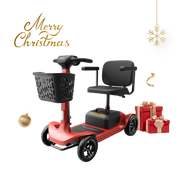
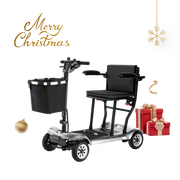
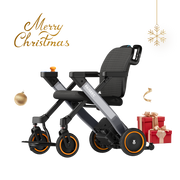
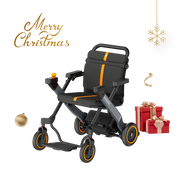
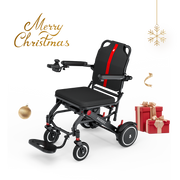
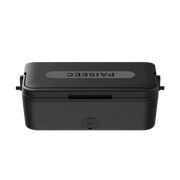
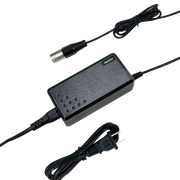
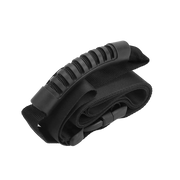

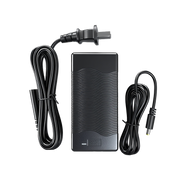
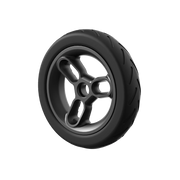
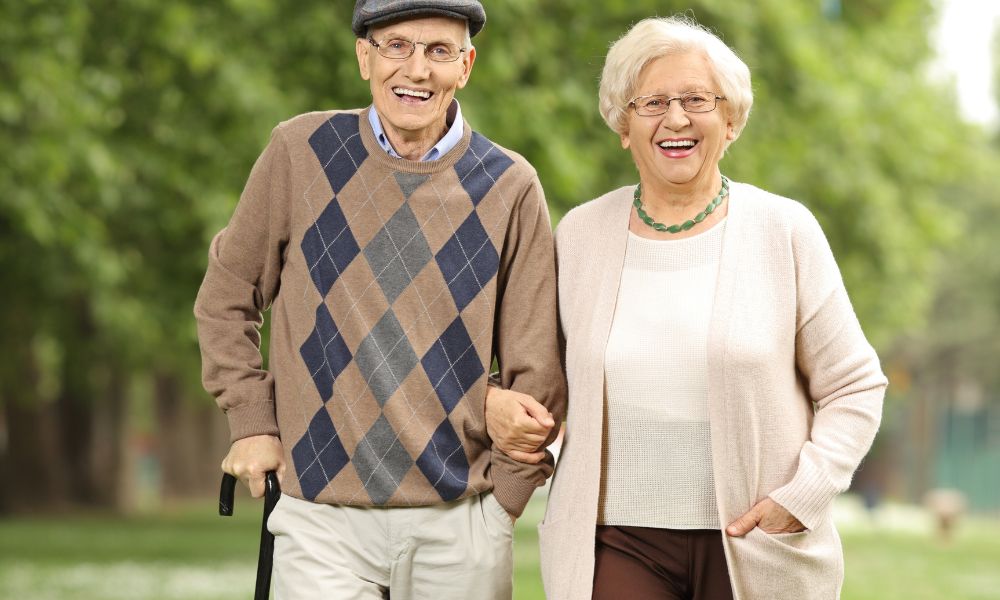
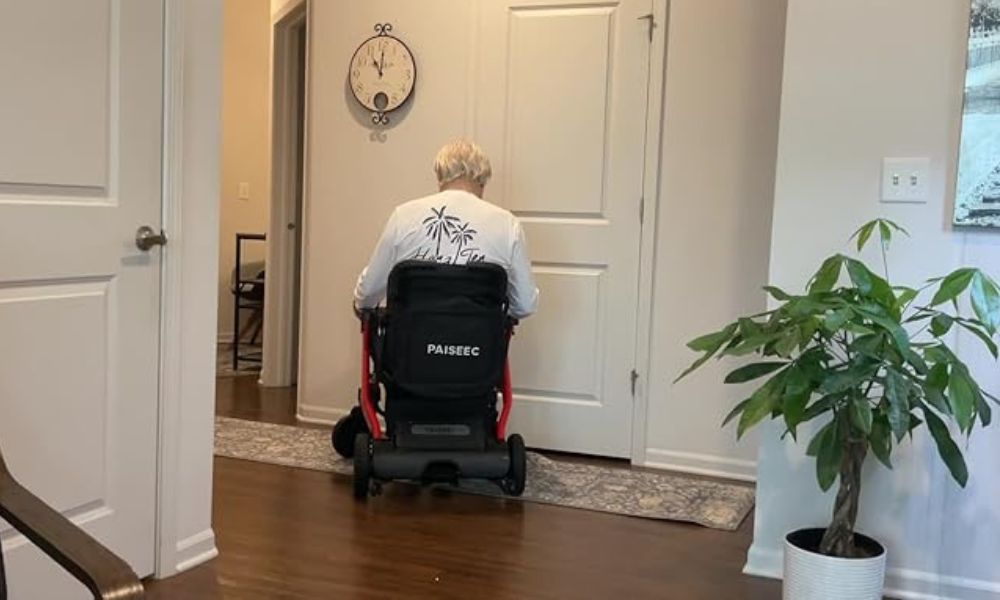
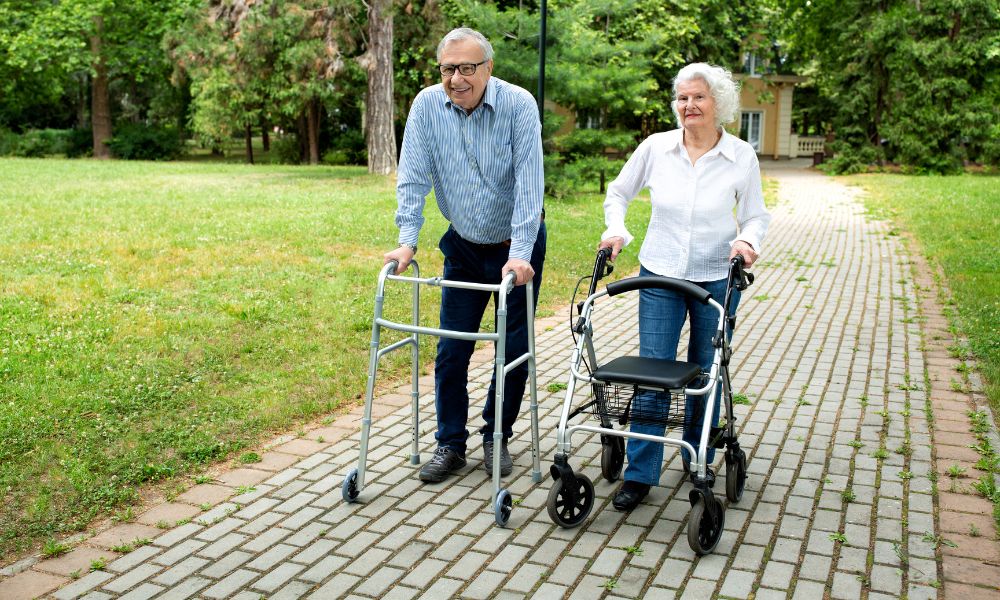





Leave a comment
This site is protected by hCaptcha and the hCaptcha Privacy Policy and Terms of Service apply.